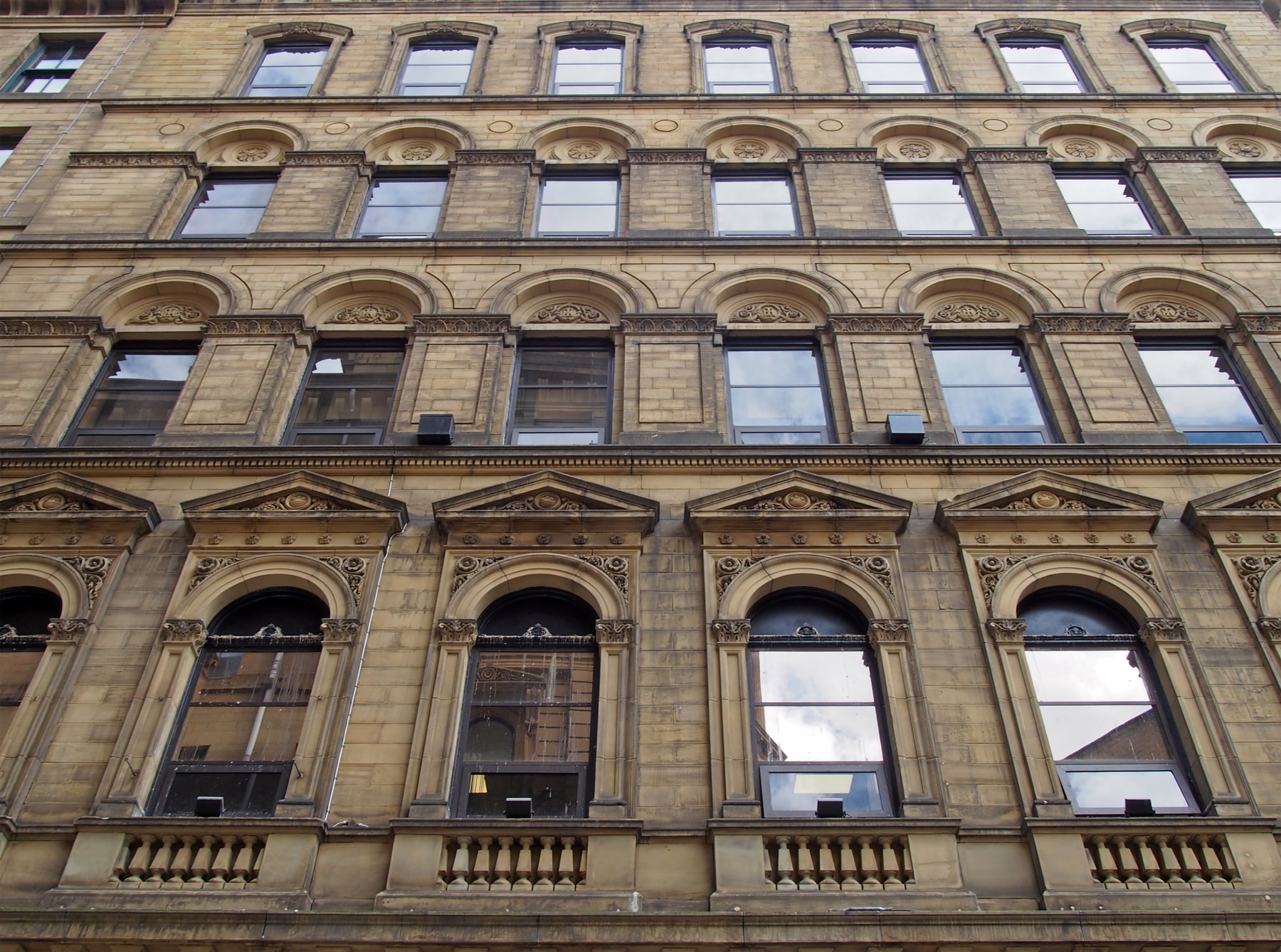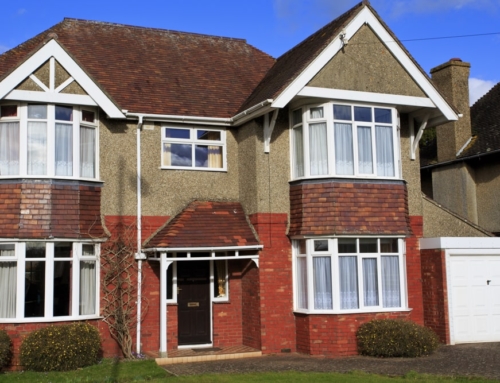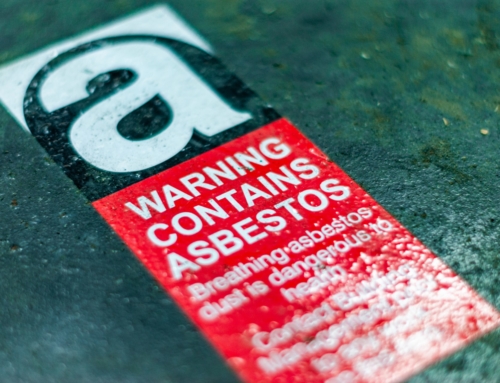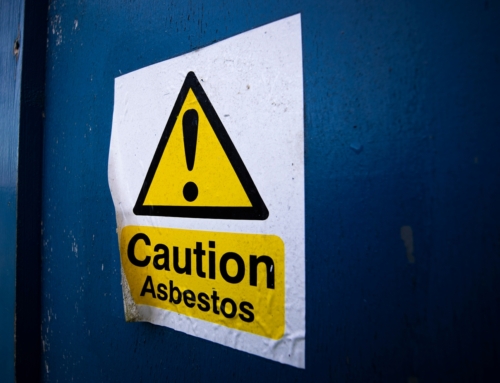What are the most common asbestos materials found in commercial buildings?
Asbestos was commonly found in building materials until its health risks were discovered, with some types banned in 1985 and others still used until a total reform in 1999. This means any properties built or renovated before this time may still have materials containing asbestos fibres.
While in situ and left undamaged, asbestos is often safe, but if disturbed, it presents a significant health hazard, so it’s vital you monitor the condition of asbestos-containing materials (ACMs).
Here are some of our top tips for identifying and managing commercial asbestos.

What are the most common asbestos building materials?
Asbestos can be found throughout residential, commercial and industrial sites. This includes spray coatings, textured coatings, cement water tanks, pipe lagging, loose fill insulation, fire door panels, partition walls, ceiling tiles, rope seals, vinyl floor tiles, some textiles (like fire blankets), roofing, cement rooflines (including guttering), gaskets, flues and even toilet seats and cisterns.
What should you do if you suspect asbestos at your commercial property?
Every commercial building should have an asbestos management plan and register if it’s already been identified, but extra consideration will need to be taken when planning building work. Contractors shouldn’t carry out the work unless proper assessments have been undertaken.
Unfortunately, it can be very difficult to identify asbestos when it’s mixed with other building materials. A licensed contractor can help with this, performing asbestos sampling and testing. Until then, its presence should be presumed.
How is asbestos identified?
Professional asbestos sampling is the ideal solution for identifying asbestos at your commercial property. This is often required before any work which may disturb suspected asbestos-containing materials. You shouldn’t attempt this yourself, as the process involves taking small samples to be tested in an UKAS-accredited laboratory.
Once you know more about the presence, type and condition of asbestos at your property, proper safety precautions can be put in place for the work. It may even involve the help of an asbestos contractor if material removals are required. Licensed asbestos professionals can contain, remove and dispose of ACMs.
Who’s responsible for commercial asbestos surveys?
Asbestos management at commercial properties will often come down to what’s defined in your contract or lease. Duties usually fall to the landlord, managing agent or tenant, and a ‘responsible person’ named.
An accredited external surveyor will need to be hired to find out where the asbestos is, take samples and provide the results for your records. You should also keep an asbestos register to show the location of all the commercial ACMs in the building and continually assess their condition and any changes.
Need a commercial asbestos contractor? Contact our team
Goodbye Asbestos provides efficient, reliable and safe solutions to help you manage commercial asbestos at your property. We operate across London, Surrey and surrounding Home Counties, including Cobham and Coulsdon.
For more help and advice with all your commercial asbestos needs, please contact us.
Meta Title: Large scale commercial jet washing – your expert guide
Description: Find out more about large scale commercial jet washing solutions. Pressure washing for apartment complexes, retail outlets, offices and more. Fast results.




